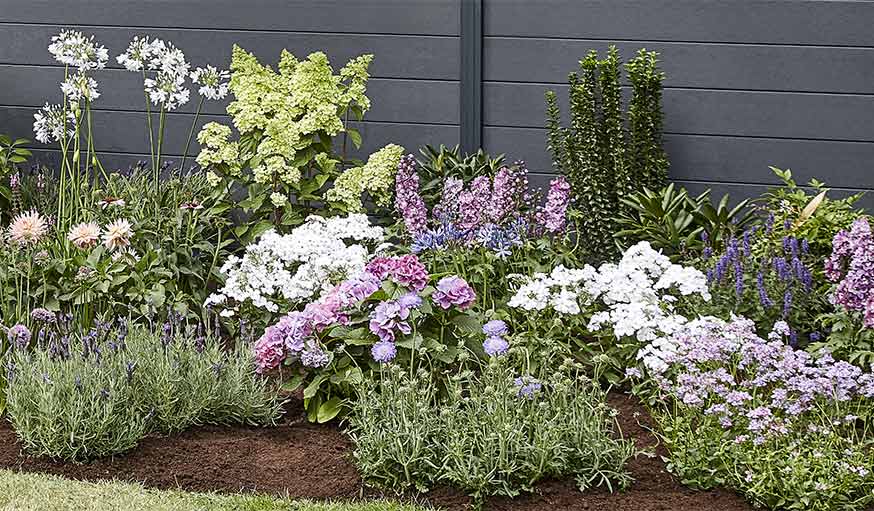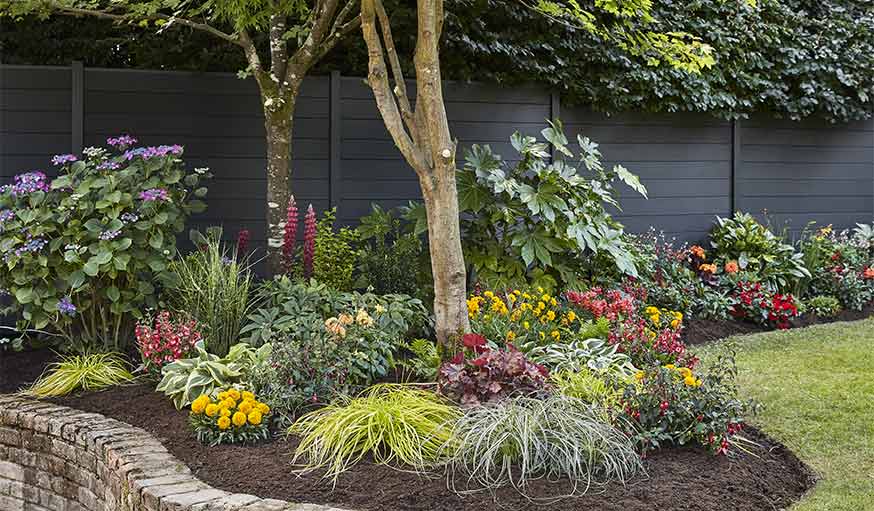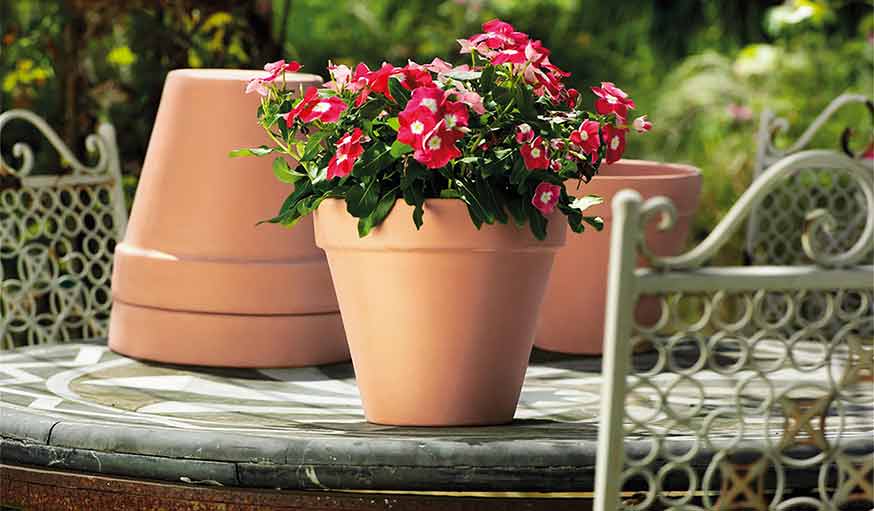GARDENING – In the ground or in a planter, we give you all our professional advice to have pretty colors all year round.
Do you fancy a pretty garden or a well-flowered window sill, but you don’t necessarily have gardening skills? Never mind, here you will find all of our best tips for sowing flower seeds.
When to Sow Flowers?
To be sure to have a nice result, sow at the right time! “Rely on the sowing dates recommended on the seed packets,” explains Yannick Montenon, head of the garden sector at Castorama Les Ulis. Resist the urge to sow your flowers as soon as the sun arrives because late frosts (March, April, May) could destroy your efforts.
Read also: How To Easily Clean Your Barbecue
Also check the needs of your plants, particularly regarding sunshine. A flower that needs a lot of sunlight will not thrive in a shady corner, and vice versa.

To have pretty colors all year round, do not hesitate to mix your varieties of seeds. When some will grow at the beginning of the year ( hellebores, forget-me-nots, clematis, etc.), other flowers will appear later (anthemis, gazanias, geraniums); thus, you will always have flowered corners! You can also choose your flowers according to the colors.
Where to Plant the Seeds?
- In the garden
First, prepare the ground. Use a toothed tool to pull out weeds (a nice name for weeds) and level the earth. Future plants will root there easily. If your soil is poor, you can spread a well-rotted compost or a little organic fertilizer. Once the location where you are going to sow is blank, there are several options available.

Row sowing, for a graphic result: dig furrows in your soil barely 1 cm deep, then place a seed every 5 cm. Close the line, tamp down with a rake or your hand, and water in fine rain.
Sowing in pockets: dig small holes in the earth and place a few seeds in them. When your plants start to grow, remove the less vigorous shoots to make room for the others.
Broadcast sowing, for a natural effect: distribute a handful of seeds on the ground, rake with your rake to cover them lightly with soil and lightly tamp everything. Then water in fine rain.
There are also ribbons or seed discs, made of strips of paper in which the seeds are directly incorporated. You just have to place them on the ground and cover them with a little potting soil. So your seeds are at exactly the right density and you don’t overdose your seedlings.
- In a planter
The bigger the seed, the more it must be pushed into the earth, but not too much! On the Mon Petit Balcon blog, you will find a very simple tip for sowing your seeds.

Prepare in your containers the first layer of clay balls, then special potting soil for pot culture, richer in organic matter. Also, choose pots with a small hole that allows the overflow of water to drain away during watering. Regarding this one, you can use rainwater to be collected during showers or tap water.
To protect your seedlings
Once your tiny seeds grow, they will turn into delicious sprouts that will attract more than one foodie. To protect your future flowers, you can use these few eco-friendly tips to repel pests.
- Use coffee grounds: to sprinkle directly on the ground
- Practice companionship, which involves planting plants side by side that protect each other from insects.
Adapted and translated by The Wiki Avenue Staff
Sources: 18h39






